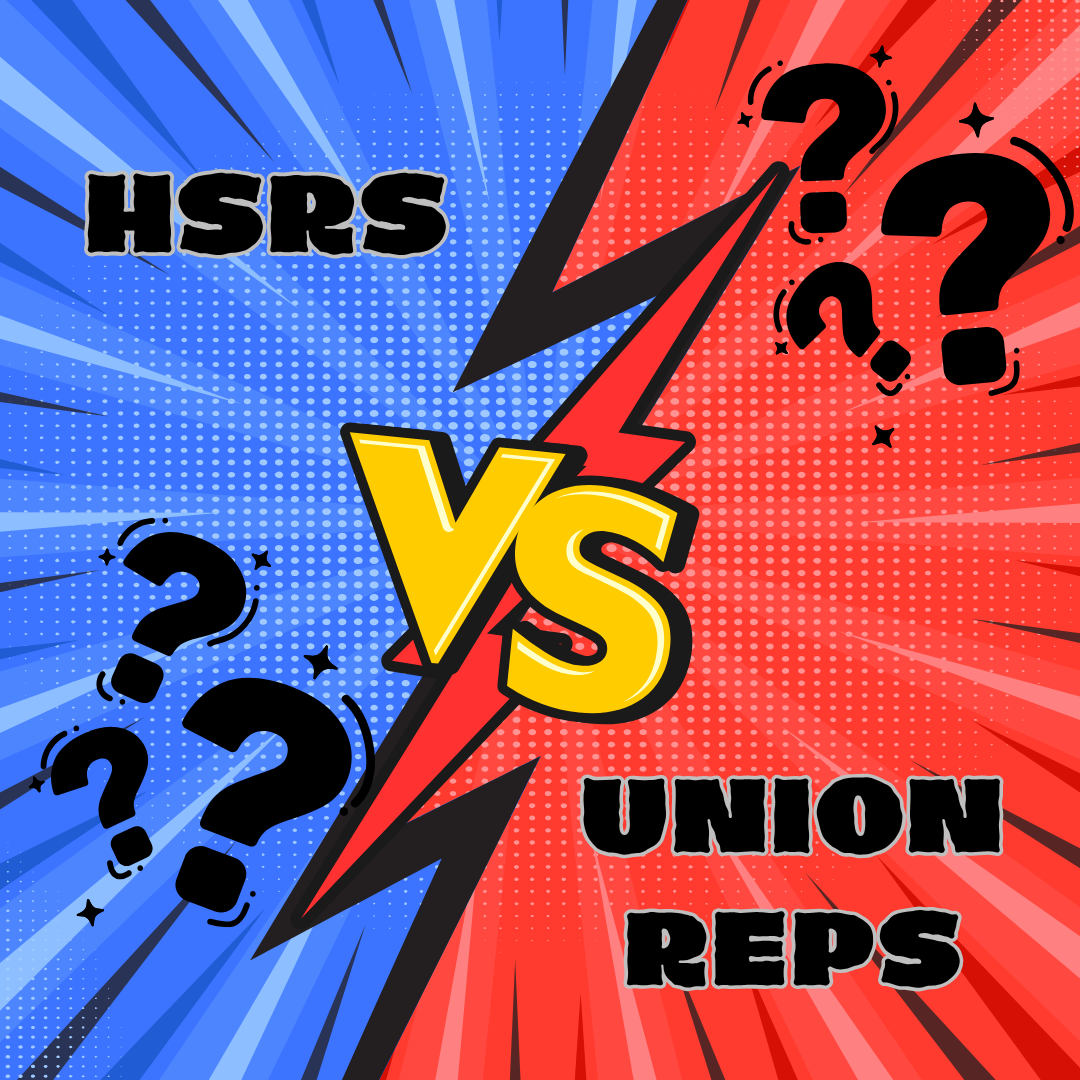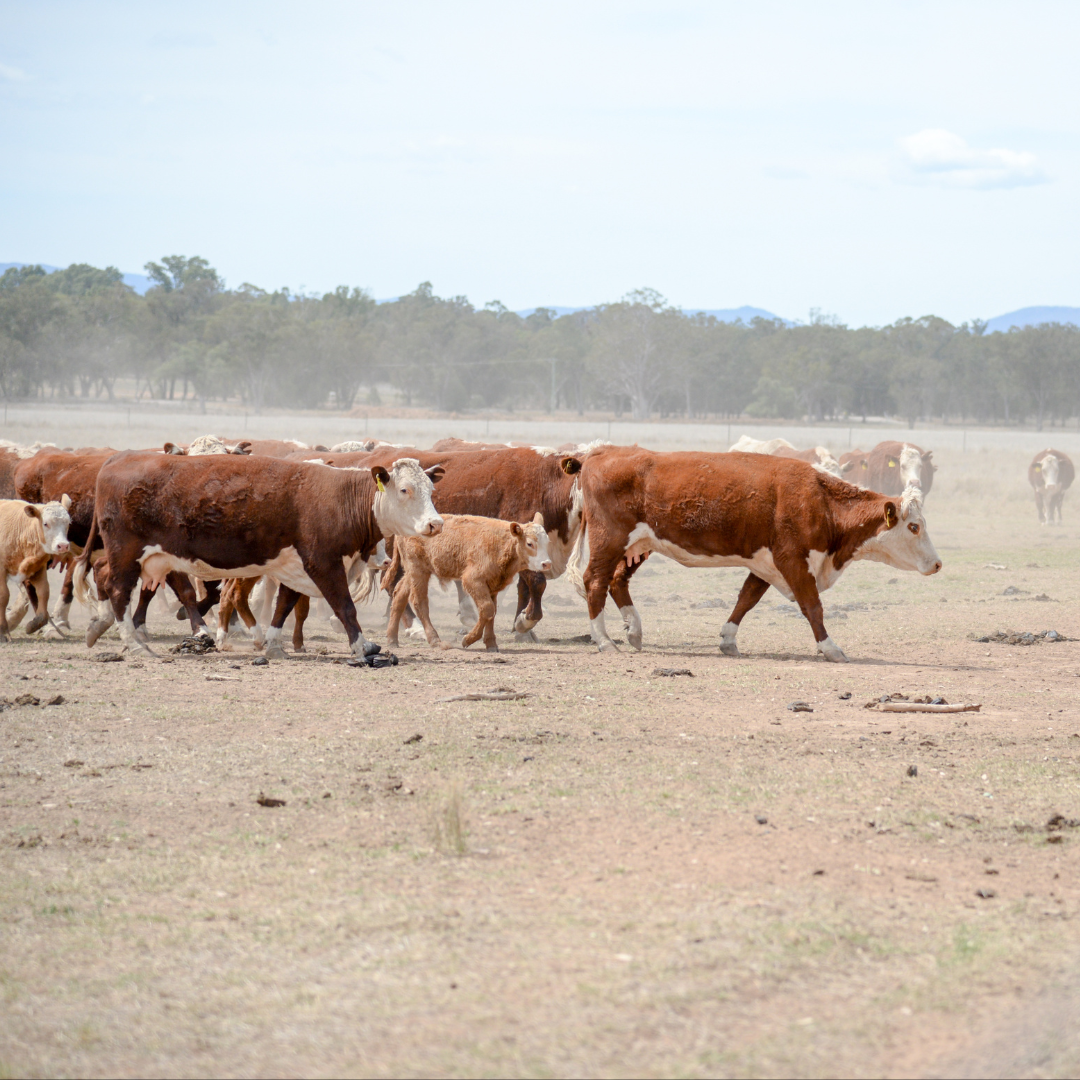Racing Industry Workplace Fatalities
In recent times we have seen the tragic deaths of workers in the horse racing industry. In May 2025, Fiona Ralph tragically died following a head injury sustained while working at Bendigo Racecourse. Less than 2 months later, on the 3rd July 2025, we heard news of Peta Tait, a 43-year-old worker who was killed at Cranbourne Racecourse. It is believed that she was kicked in the head by a horse while in the stable. She was attended to by medical personnel, who were unable to save her.
Jockey Blake Shinn has reportedly paid tribute, stating that “This is a painful reminder of the dangers that come with working in such a demanding and unpredictable environment.” (7 news)
As the jockey highlights the dangers – we turn our minds to the unique hazards presented by the industry, many of which are covered in the WorkSafe Victoria Guidebook – Horse Stable and track riding safety: Horse stables and track riding safety | WorkSafe Victoria.
The guide is intended to provide information for those working in the industry and outlines how to identify hazards and implement risk control measures. As in all industries, the employer is responsible for providing a safe workplace, and the usual obligations to consult with the workforce and to control hazards in line with the hierarchy of control all apply. There is a section which specifically covers the safety of stables.
Of course, horses are strong and unpredictable, and they pose a specific hazard in this industry - and one which cannot be eliminated as part of this particular workplace.
The document discusses the need for training and supervision, which is required in all workplaces. Also, the use of PPE as a control measure, indicating that the use of appropriate footwear, helmets and body protection may be required to ensure the safety of those riding, training, feeding and working with horses and cleaning stables. Working alone can also increase the risks of working around horses.
According to SafeWork NSW ‘One worker is hospitalised each day in Australia due to a horse related injury’. Not all of these are workers; however, it does highlight how dangerous working around horses can be. WorkSafe Victoria reports injury claims attributable to horse racing at: Injury hotspots - Horse racing | WorkSafe Victoria.
While the racing community must, of course, grieve the recent loss of two of its’ workers, there will concurrently be a WorkSafe investigation and a Victoria Police investigation for the Coroner. No matter the outcome of these investigations, it is an opportunity to look to industry work practices and identify any improvements which could be made to improve safety in the future. The gravity of such an event cannot be underestimated in its’ impact to family, friends and workmates. One can only hope that an improvement in future safety may be one of those impacts.
Our sincere condolences to the families of Fiona and Peta.




